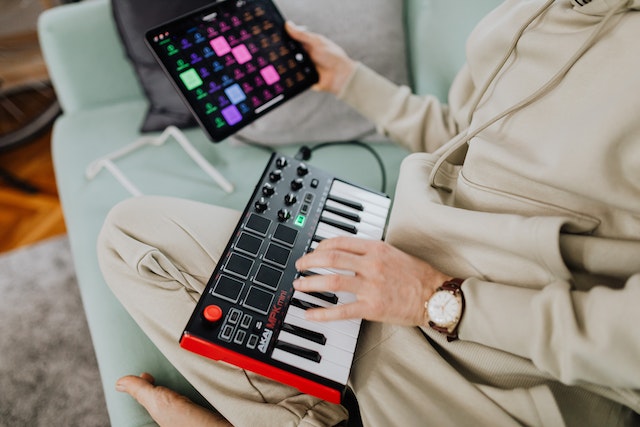Music is a universal language that transcends borders and connects people from all walks of life. Whether you’re a professional musician, an aspiring artist, or just a music enthusiast, there’s a good chance you’ve encountered the term “MIDI” at some point in your musical journey. MIDI, which stands for Musical Instrument Digital Interface, is a fascinating technology that has revolutionized the way we create, record, and produce music. In this blog, we’ll dive deep into the world of MIDI to explore its history, applications, and its enduring impact on the world of music.
The Birth of MIDI
MIDI was born in the early 1980s, a time when electronic musical instruments were becoming increasingly popular. Before MIDI, communication between musical instruments and computers was a cumbersome process. Musicians often had to use a variety of incompatible interfaces, making it difficult to integrate different devices into a single setup.
MIDI changed all of that. It offered a standardized protocol for communication between musical instruments, computers, and other electronic devices. This breakthrough allowed musicians to connect different instruments and equipment seamlessly, opening up a world of new possibilities.
Key Features of MIDI
MIDI is a versatile and powerful tool for musicians and producers, thanks to its key features:
- Universal Compatibility: One of the most significant advantages of MIDI is its compatibility with a wide range of instruments and software. Whether you’re using a keyboard, a drum machine, or a synthesizer, they can all communicate through MIDI.
- Real-time Control: MIDI enables real-time control over various parameters, such as pitch, velocity, modulation, and more. This level of control allows musicians to express their creativity fully.
- Sequencing: MIDI data can be recorded and played back, making it an essential tool for creating complex compositions. Sequencers, both hardware and software, allow for intricate arrangements and automation.
- Non-destructive Editing: MIDI data can be edited without affecting the original sound source. This is invaluable when refining performances or experimenting with new musical ideas.
- Sound Libraries: MIDI can trigger an extensive range of virtual instruments and sample libraries, enhancing the sonic palette available to musicians.
Applications of MIDI
MIDI’s applications are vast and extend across the music industry. Here are some of the primary uses of MIDI:
- Live Performance: Many live musicians use MIDI to control various elements of their shows, such as lighting, effects, and backing tracks. This technology allows for synchronized, visually stunning performances.
- Music Production: In the studio, MIDI is a fundamental tool for creating, arranging, and producing music. It simplifies the process of layering instruments, fine-tuning performances, and experimenting with sounds.
- Electronic Dance Music (EDM): The electronic music genre heavily relies on MIDI for synthesizers, drum machines, and controllers. This technology has played a pivotal role in the evolution of EDM.
- Video Game Soundtracks: Composers for video games use MIDI to score and trigger music within games. MIDI’s flexibility makes it an ideal choice for adaptive soundtracks that react to gameplay.
- Educational Tools: MIDI is a valuable educational tool for learning music theory and composition. It allows students to practice and experiment with music in a digital environment.
The Future of MIDI
As technology continues to advance, MIDI has evolved as well. In recent years, MIDI 2.0 has emerged, promising even greater versatility, precision, and expanded functionality. MIDI 2.0 introduces features like higher resolution, increased expressiveness, and improved interoperability with modern music production technologies.
dtracks that react to gameplay.Educational Tools: MIDI is a valuable educational tool for learning music theory and composition. It allows students to practice and experiment with music in a digital environment.
